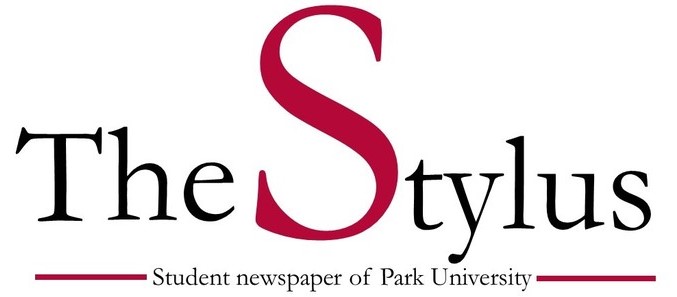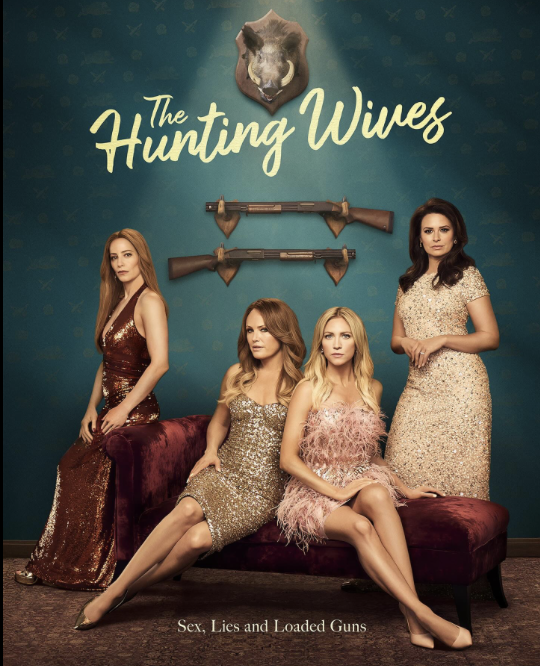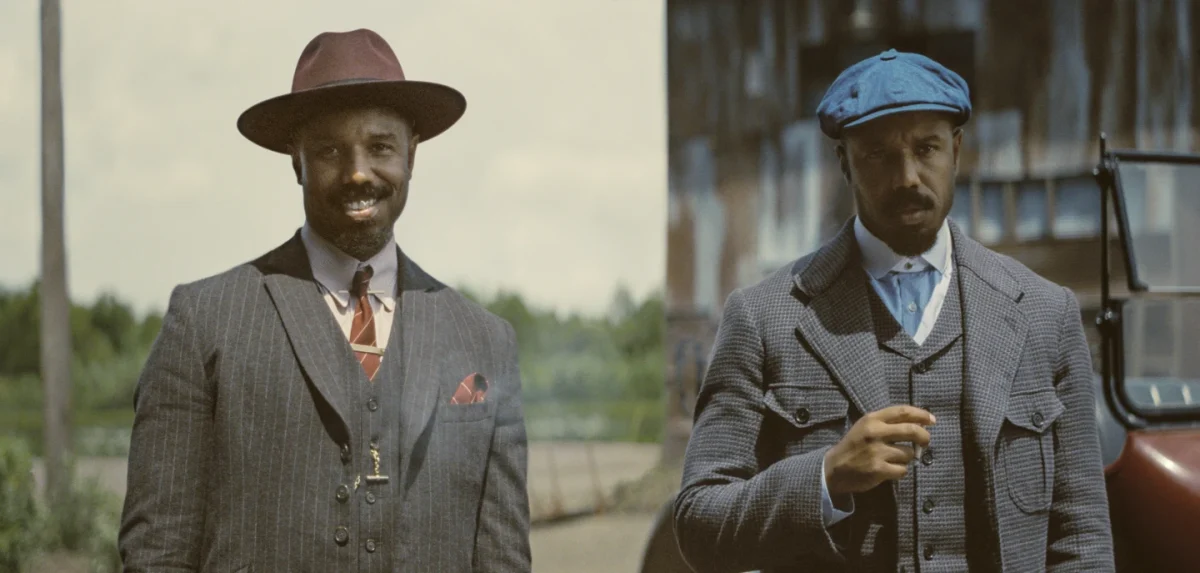Kansas City has long been known as a jazz city, but for many, its legacy can feel like something from the past or outside our everyday sphere. The truth is, jazz is still very much alive in the city, thanks to the efforts of local musicians, iconic venues, and institutions like the American Jazz Museum. From its historic roots in the 18th and Vine District to the vibrant scene still thriving today, Kansas City jazz continues to captivate generations with its distinctive rhythms and charm.
Kansas City’s rise as a jazz hot spot began in the 1920s and carried through the 1940s, thriving even during the Prohibition era. Unlike much of the country at the time, Kansas City wasn’t heavily impacted by Prohibition laws, thanks to political boss Tom Pendergast, whose influence allowed the city’s nightlife to flourish. According to Kara Smith, education programs manager at the American Jazz Museum, “Kansas City had upwards of 200 clubs between 12th and Vine and 18th and Vine.” These clubs became the foundation of a unique Kansas City jazz style, rooted in swing rhythms and blues influences.
Icons like Count Basie, Charlie Parker, Jay McShann, and Mary Lou Williams emerged from this scene, creating a sound that put Kansas City on the musical map. Jazz in Kansas City wasn’t just about entertainment. It became a means of expressing resilience, joy and a sense of community during difficult times.
The American Jazz Museum, located in the heart of the 18th and Vine District, has been preserving this legacy since 1997. The museum showcases the lives and contributions of jazz greats like Ella Fitzgerald, Duke Ellington, Charlie Parker and Louis Armstrong. “We have performances, lectures, and programming that engage visitors in jazz’s ongoing cultural impact,” Smith said.
Events at the museum include Blue Room jam sessions, the Women in Jazz program, and International Jazz Day celebrations. These programs honor the history of the genre while shining a light on its evolution and relevance today.
For musicians like Brant Jester, a Kansas City-based jazz pianist and teacher, the city is a place to play, teach, and grow. Jester moved to Kansas City to involve himself in its rich jazz culture. “The jazz scene here is so prominent, and there’s a lot of work available,” he said. “It’s amazing to play in clubs that value music so much they provide instruments like pianos and organs.”
Jester explained that the improvisational nature of jazz is what makes it so exciting. “We don’t rehearse beforehand; we just play,” he said. “That spontaneity is what makes jazz so unique and exciting. It’s a way to connect with other musicians and the audience in real time.”
Jester’s journey into jazz began with inspiration from a gospel pianist in Branson, Mo. “Hearing that music made me realize jazz was the direction I wanted to go,” he said. Today, Jester performs at staples of Kansas City’s jazz scene, including the Green Lady Lounge, the Blue Room, and the Majestic. He’s also working on recording and releasing his own music. “I’ve been waiting to release music because I want it to be something I’m proud of, something that represents who I am as a musician,” he said.
Kansas City’s live jazz scene remains strong, with performances happening nearly every night. “On the slowest night of the week, like a Monday, there are usually six or seven jazz gigs happening,” Jester said. “On weekends, there are at least 20 or 30.”
The Mutual Musicians Foundation, one of the first Black musicians’ unions in the United States, is another important piece of Kansas City’s jazz history. Established to support musicians during segregation, the Foundation provided a space to secure gigs and advocate for their rights. “It was crucial in keeping jazz alive here, especially during segregation, when Black musicians faced immense challenges,” Smith said. Today, the Foundation remains an active venue, hosting performances and supporting musicians. It also helps young people step into the jazz world through the Mutual Musicians Foundation Apprenticeship Program (MMFAP), which provides real-world musicianship skills and music industry education for youth ages 14–18.
Kansas City’s jazz scene has evolved, but its collaborative spirit remains strong. The focus now is on honoring its history while embracing new ideas. Programs like Women in Jazz and Black History Month events at the American Jazz Museum provide both the history of Kansas City’s jazz legacy as well as the ongoing contributions of musicians. “Women in Jazz will feature local artists sharing their experiences as Black women in the industry,” Smith said. “It’s a powerful way to celebrate the impact of women on jazz and inspire the next generation.”
Kansas City’s jazz scene is more than music — it’s a living tribute to the city’s history and resilience. Thanks to musicians like Jester, venues like the Blue Room, and institutions like the American Jazz Museum, the spirit of jazz continues to thrive. Whether you’re a longtime fan or discovering the genre for the first time, Kansas City offers an experience that brings the music’s rich legacy to life.
Don’t hesitate to explore the American Jazz Museum firsthand and experience live jazz at one of Kansas City’s iconic venues.








